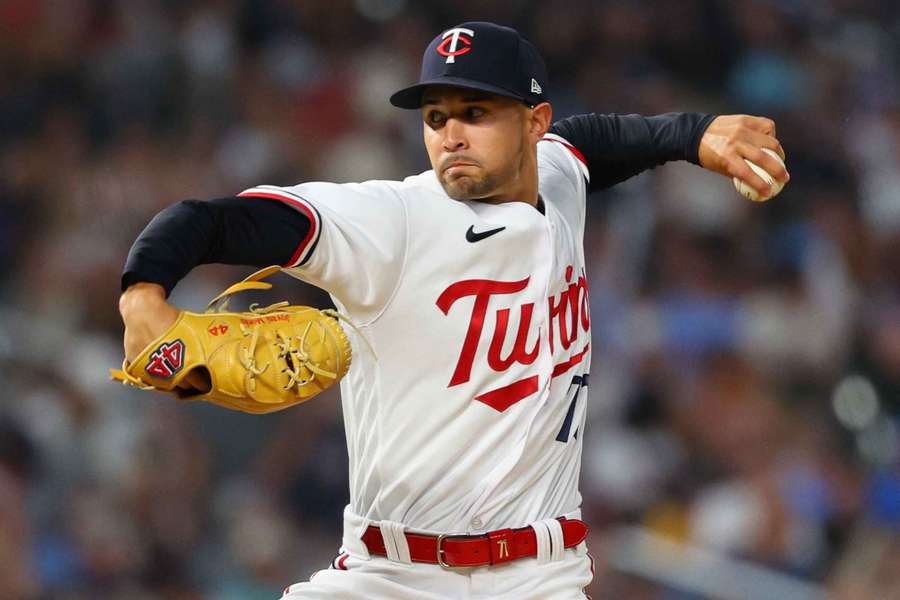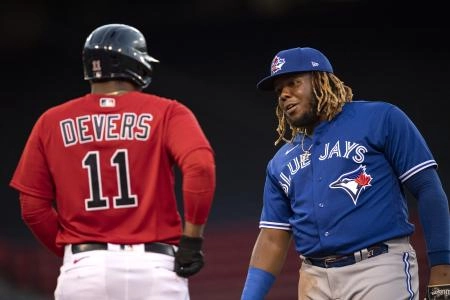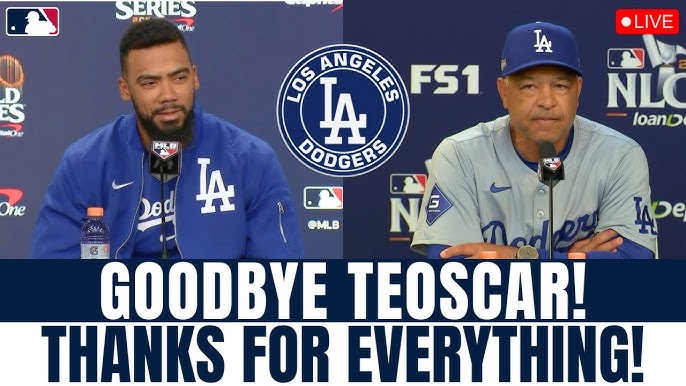
For an Interesting Relief Pitcher, the Red Sox Deal a Former Yankees Draft Pick to the Twins
The intricate dance of trades in Major League Baseball (MLB) often brings about unexpected twists. In one of the more intriguing moves in recent seasons, the Boston Red Sox, a team with a deep roster of both established stars and promising young talent, executed a deal that sent a former Yankees draft pick to the Minnesota Twins in exchange for an intriguing relief pitcher. The deal not only raised eyebrows due to the unique players involved but also added new layers of competition and depth to both teams.
This trade highlighted the ever-evolving nature of the game, where personnel decisions, scouting, and the search for immediate impact players define a team’s short- and long-term aspirations. For the Red Sox, the acquisition of a relief pitcher who had been solid in the bullpen for the Twins could provide a much-needed boost, especially in the later innings where games are often decided. On the other side, the player traded by Boston — a former Yankees draft pick — represented a mix of untapped potential and a fresh start, offering the Twins a piece to build with for the future.
The Red Sox’s Pursuit of Relief Help
The Boston Red Sox, as a historic MLB franchise, have frequently been involved in trades that not only shape their present but also set the course for future success. In recent seasons, the team had struggled with consistency in its bullpen. Despite the presence of a few solid arms, the Red Sox bullpen had often been a point of vulnerability, particularly in high-leverage situations. Games that were close heading into the final innings were often lost due to shaky relief pitching, and this inconsistency prompted the team’s front office to look for reinforcements.
A reliable relief pitcher can change the course of a season. In the late innings, particularly in one-run games, the presence of a reliable arm can mean the difference between making a playoff run or watching it slip away. With the emergence of bullpen specialists across the league, teams are constantly on the lookout for fresh arms that can provide stability and help in key moments. The Red Sox identified such an arm in a pitcher from the Minnesota Twins — a player whose ability to handle pressure and provide consistent outs in high-leverage situations made him an ideal target.
The Trade: The Red Sox Acquire the Relief Pitcher
The Red Sox’s front office knew they needed a proven commodity in the bullpen, someone who could bridge the gap between their starting pitchers and the closer. Enter the Twins’ intriguing relief pitcher, whose performances had caught the attention of MLB scouts around the league. This pitcher had been a steady presence in Minnesota, known for his ability to come in during tight situations and deliver under pressure. Whether in the seventh, eighth, or sometimes the ninth inning, he had shown a knack for getting out of jams without letting the game slip away.
What made this trade particularly interesting was the identity of the player the Red Sox sent in return: a former Yankees draft pick. This player had been selected by New York in the early rounds of the MLB Draft, a testament to his raw talent and potential at the time. However, despite showing flashes of brilliance early in his career, the player had struggled to find his footing in the major leagues, leading to a series of stints with various teams in the minor leagues before being traded to Boston.
The Red Sox saw in him a project — a player who, under the right circumstances and with the proper development, could unlock his potential. Yet, despite his promise, he had been an expendable piece for Boston. The team’s needs in the bullpen outweighed the potential upside of holding onto a player who hadn’t quite developed into the impact player that the Yankees once envisioned.
The Former Yankees Draft Pick: A Story of Potential and Unfulfilled Promise
The player involved in this trade, a former Yankees draft pick, had experienced a journey that many talented prospects face. He had been drafted with high hopes, regarded as a future contributor at the MLB level, and had come up through the Yankees’ farm system with a strong reputation. Scouts had marveled at his tools — a powerful bat, good fielding instincts, and impressive physicality that screamed future stardom. But in the years that followed his draft, something had not clicked.
The minor league seasons were marked by inconsistency, occasional flashes of brilliance, and repeated struggles in high-leverage situations. The promise he had shown in the lower levels of the minors had not fully translated to the major league level. He had been traded to the Red Sox after a few seasons in the Yankees’ system, hoping to get a fresh start in a new environment. However, in Boston, things had not gone much better. His time in the majors had been sporadic, with long stretches of time spent in Triple-A, where he tried to refine his game.
Despite his struggles, the player still possessed the raw talent that had made him so appealing to the Yankees when they drafted him. His ability to turn a game around with a single swing of the bat or with a big defensive play remained intact, but it was the consistency that he lacked. His time with the Red Sox was now coming to a close, and the team decided it was time to part ways with him, sending him to Minnesota as part of the trade. The Twins, who had been seeking to bolster their roster with younger talent, saw potential in him that the Red Sox, despite their best efforts, could no longer tap into.
For the former Yankees draft pick, the change of scenery could prove to be the key. He would now have the opportunity to work with the Twins’ development staff, who had a reputation for unlocking the potential of players who had been written off. Minnesota had often been successful in giving struggling players a second chance, and this could be the perfect environment for him to reinvent his career.
The Minnesota Twins’ Perspective
For the Minnesota Twins, acquiring the former Yankees draft pick represented a chance to add a player with high upside to their system. While the immediate return on the trade wasn’t guaranteed, the potential for long-term success was there. The Twins were looking to deepen their roster with young, versatile players who could contribute across multiple facets of the game.
The player’s potential in the batter’s box had always been his calling card, and the Twins believed that with the right adjustments and guidance, he could once again develop into a key contributor for the team. Whether as a starting player or as a versatile piece off the bench, the Twins were hopeful that they had found a diamond in the rough.
While the Red Sox were focused on bolstering their bullpen with an established reliever, the Twins, by contrast, were in a position where they could take a risk on a player with high potential but less certainty. In many ways, this trade was a perfect example of how different teams have different needs and priorities. For Minnesota, developing young talent had been a core tenet of their team-building strategy, and this trade fit squarely within that vision.
The Red Sox’s Bullpen Reinforcement
For the Red Sox, acquiring a reliable relief pitcher was a necessity. In recent years, the Red Sox bullpen had been inconsistent, especially in high-leverage situations. The addition of a pitcher who could come into close games and shut down opposing offenses was viewed as an essential move for the team. This reliever had proven himself in the major leagues and had the kind of experience that the Red Sox needed.
The trade filled an immediate hole in Boston’s pitching staff. In late-game situations, when every pitch becomes crucial, the Red Sox would now have someone they could rely on to hold onto a lead or escape from a jam. The fact that they gave up a former Yankees draft pick for the pitcher spoke to the Red Sox’s confidence in their bullpen’s potential with this new acquisition.
Looking Ahead: The Long-Term Impact
Both teams were looking to the future with this trade. For the Red Sox, the addition of the veteran reliever was seen as a win-now move — a decision made with the immediate goals of contending for championships in mind. The relief pitcher’s steady performance was expected to give Boston the edge it needed in tight games, particularly in a division as competitive as the American League East.
On the other hand, the Twins were betting on potential. By taking a chance on the former Yankees draft pick, they were hoping that a change of scenery would allow the player to unlock his potential and eventually become a key contributor. The trade may not have immediate returns for Minnesota, but over time, the investment in this young player could pay dividends.
Ultimately, the trade was a reminder of the many layers and complexities involved in building a successful MLB roster. It was about balancing the present and the future, making decisions based on team needs, and recognizing when it was time to take a risk. The Red Sox and Twins had different goals, but each team believed that this trade would help them achieve their respective visions. As the season unfolded, the true impact of the trade would become clearer, but for now, both teams had made a bold move — one that would shape their roster and possibly their futures in the years to come.






